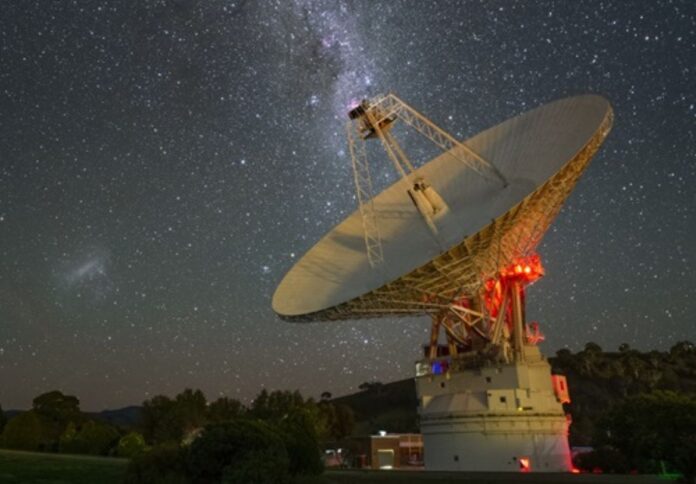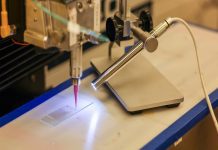
Media Release by CSIRO
NASA’s Artemis I is the first of three increasingly complex missions in the Artemis program, which is aimed toward a human return to the Moon in the middle of this decade.
The uncrewed mission is scheduled to launch on Monday, 29 August 2022 (at 10.33pm AEST) from NASA’s Kennedy Space Center in Florida, USA.
Australia’s national science agency CSIRO manages the Canberra Deep Space Communication Complex (CDSCC), which will support the entire Artemis I voyage from launch to splashdown.
There will be several crucial mission moments, including the deployment of a small fleet of miniature satellites – called cubesats – that CDSCC will also support with tracking and communications.
CSIRO Executive Director, Professor Elanor Huntington said CSIRO was proud to be supporting NASA’s return to the Moon.
“Australia was there for the first Moon landing and CSIRO is excited to be there for when NASA lands the first woman and the first person of colour on the moon in the 2020s.
“CSIRO’s long-standing relationship with NASA stretches back more than 60 years, creating breakthrough solutions from science, and fuelled by our shared ambition to push the boundaries of imagination to benefit life back on Earth.
“Our expert team at the Canberra Deep Space Communication Complex, and their sister Deep Space Network stations located in Spain and the USA, will provide around-the-clock coverage of the mission,” said Professor Huntington.
Important upgrades to equipment and the large antennas at CDSCC have been a crucial part of NASA’s plan to prepare for the Artemis program.
Artemis I will be a 42-day mission to travel to and orbit the Moon before returning to Earth for a splashdown in the Pacific Ocean on 10 October.
CSIRO has a long history supporting spacecraft tracking and communications:
- Since the early 1960s, CSIRO’s Parkes radio telescope, Murriyang, has supported space missions: from the Mariner 2 mission to Venus, and to more recent missions including Voyager II crossing into interstellar space.
- In July 1969, NASA tracking stations in Canberra and Western Australia, along with the support of CSIRO’s Parkes radio telescope, Murriyang, returned data, voice communications and the historic TV images of Neil Armstrong’s first steps on the Moon.
- CSIRO manages deep space tracking stations in Australia for NASA and the European Space Agency: NASA’s Canberra Deep Space Communication Complex, and ESA’s New Norcia station in Western Australia.
- CSIRO’s Parkes radio telescope, Murriyang, also provides ground station support for commercial lunar landings. For example, CSIRO has signed a five-year agreement with Houston-based aerospace company Intuitive Machines to support multiple lunar missions, including their first flight under NASA’s Commercial Lunar Payload Services (CLPS) initiative.
For more information about our work in space visit www.csiro.au/space



















